
I remember it like it was yesterday.
I was working in my office. The family/TV room was right around the corner. The phone rang and I picked it up.
“Stop whatever you are doing and turn on the TV.” I walked around the corner and turned it on.

Photographer Chip East was staring intensely at his laptop screen.
It was two weeks after two jetliners had plowed into the towers of the World Trade Center. His good friend, photojournalist Bill Biggart’s body had been recovered from the rubble. His personal effects, including his cameras had been released by authorities to his widow, Wendy.
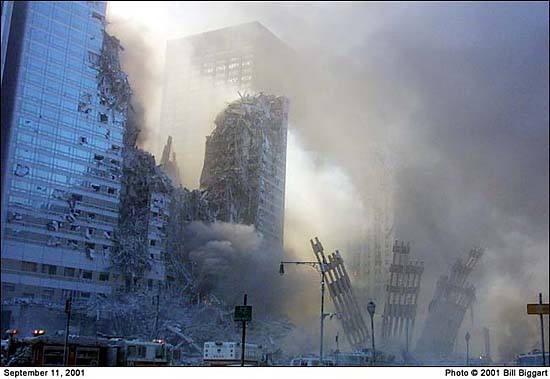
Bill Biggart’s final photograph. He was killed when the second World Trade Center tower collapsed on top of him. He was 53 years old.
This compilation of news reports captures the essence of that morning better than almost any other video on YouTube.
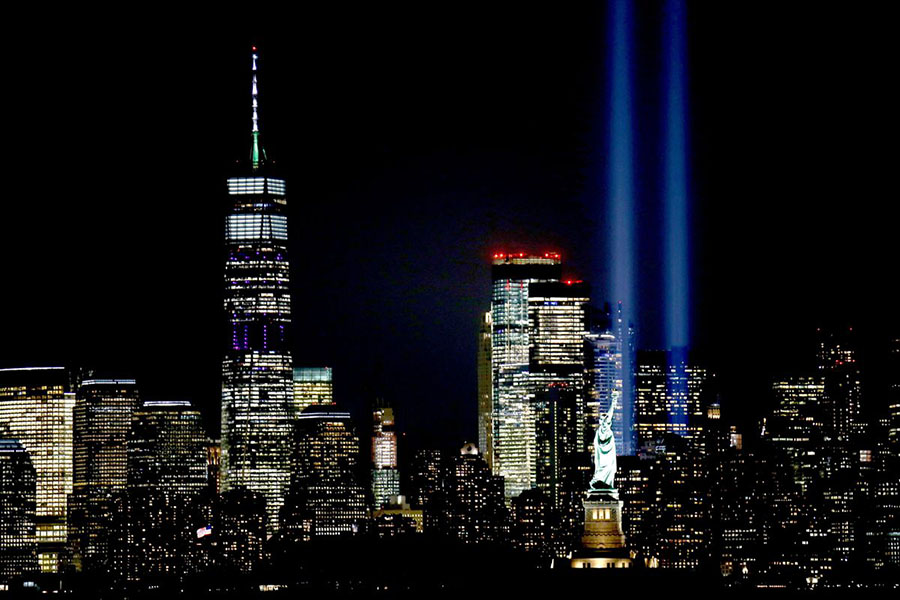
LET US PRAY
On the morning of Tuesday, September 11, 2001, four planes were hijacked and ultimately crashed. Two crashed into the World Trade Center in New York City and one crashed into the Pentagon. The fourth crashed in Pennsylvania.
LET US PRAY.
Dozens of people in each of four airplanes living in terror as their hijacked planes are flown to destinations unknown to them. Each ends in a terrible fiery crash.
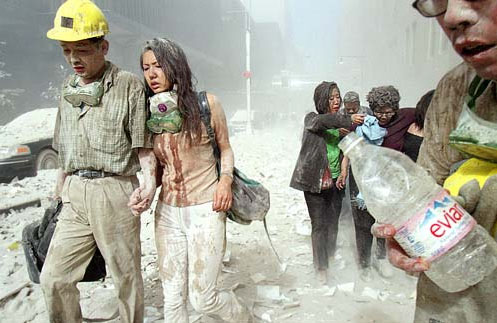
Photo by James Nachtwey for TIME magazine.
I will never forget staring at the screen. I was stunned. It was just a few moments after I got the phone call to turn on the TV. Then the second plane hit.
On this date, twenty-one years ago, we experienced a great national tragedy in the United States. 2,977 lives that were lost in the terrorist attacks. So many families were torn asunder. The way we view ourselves and our world changed. Emergency responders continue to suffer terrible health problems as a result of working at the scene. The way we view ourselves and our world changed too. Over 2,000 first responders have died of health issues related to 9/11.
In remembrance of that day, and to honor the lives that were lost, I am posting some tributes.
Are you ready to take your nature and wildlife photography to the next level? Are you ready to learn the professional secrets that make the difference between good images and great images? Are you ready for a high intensity, action packed, total immersion photography weekend? Come to Park of the Pines on beautiful Lake Charlevoix October 13-15, 2023.
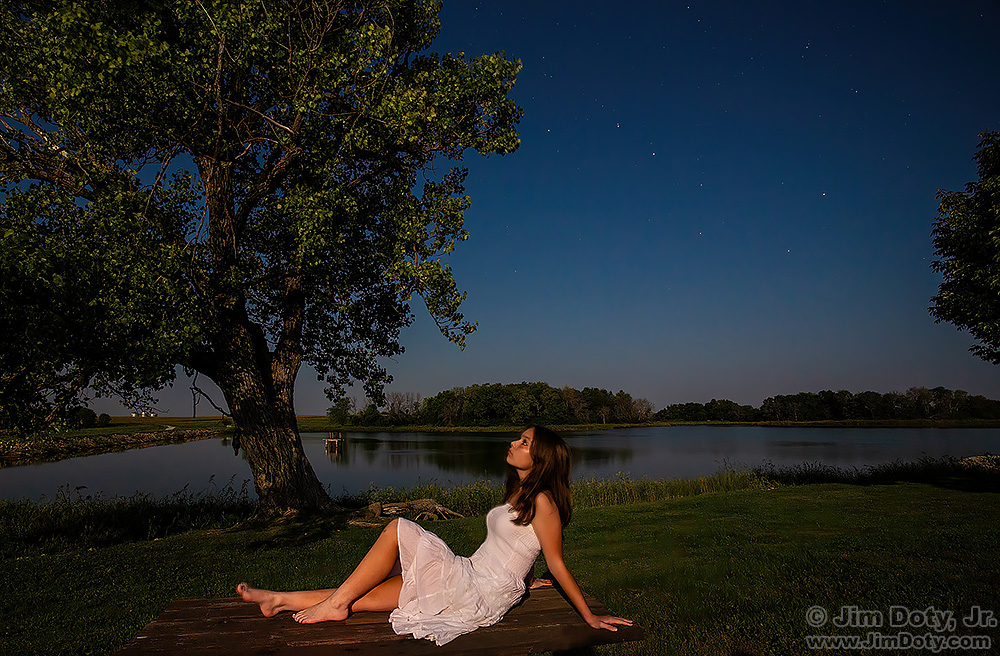
This article will give you some tips on taking portraits by moonlight. We have been planning this shoot ever since our moonlit photo shoot in a cemetery last November. We just needed a nice bright moon and a clear sky with stars. Last night with a blue supermoon was the night.
Tonight, August 30-31, 2023, is a Supermoon. Go out and take pictures! This article will take you through the steps to getting a great image.
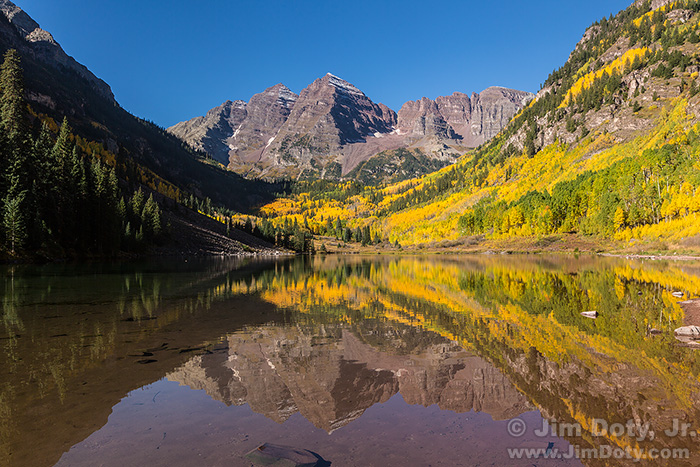
Headed for Colorado this fall? Welcome to my complete Colorado fall color photography and travel guide with 131 photos, 18 maps, and over 100 pages of information (if you print it all out). I cover some of the best known fall color locations in Colorado, and one real gem of a road that is not widely known to photographers and leaf peepers. Spend anywhere from two days to two weeks exploring the beautiful Colorado Rockies at a gorgeous time of year.

It has been a really hot summer so I am posting this again as a “save your camera gear” reminder. Camera gear has a temperature and humidity rating. A top of the line Canon camera body has a limit of 115°F and 85% or less humidity. A black camera on a hot day can easily exceed that limit. Less expensive cameras of any brand have lower limits so it is important to protect your gear.
This evocative, Pulitzer Prize winning photo by Todd Heisler has been widely shared on the internet. Jim Sheeler’s deeply moving story that accompanies the photo (a Pulitzer Prize winning article) isn’t nearly so widely known. His article follows. Heisler and Sheeler both worked for the Rocky Mountain News at the time.
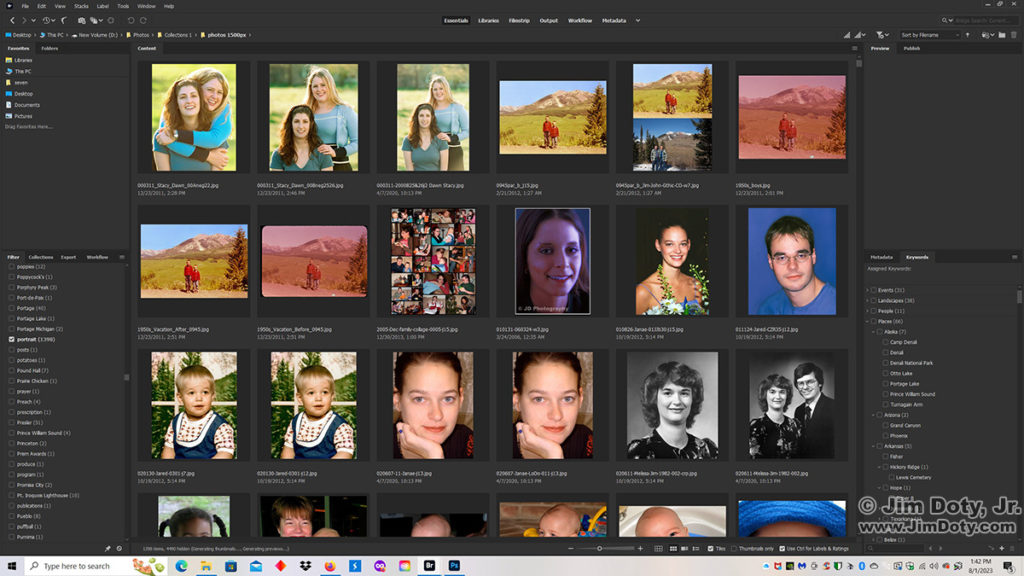
Single Keyword searches with Adobe Bridge are fast and simple. Open your master folder of photos (see Adventures with Adobe Bridge for suggestions on how to create this folder). All of the keywords for all of the photos in your folder will show up on a list at the left. Scroll down the list until you come to the keyword you want to use in your search. For this example I chose the keyword “portrait”. Click the box in front of the word portrait and in less than a second all of your portraits will show up. You can see some of them in the above screen capture. The process is the same for any other keyword you want to look for, be it elk, moose, sunsets, or Elvis sightings.
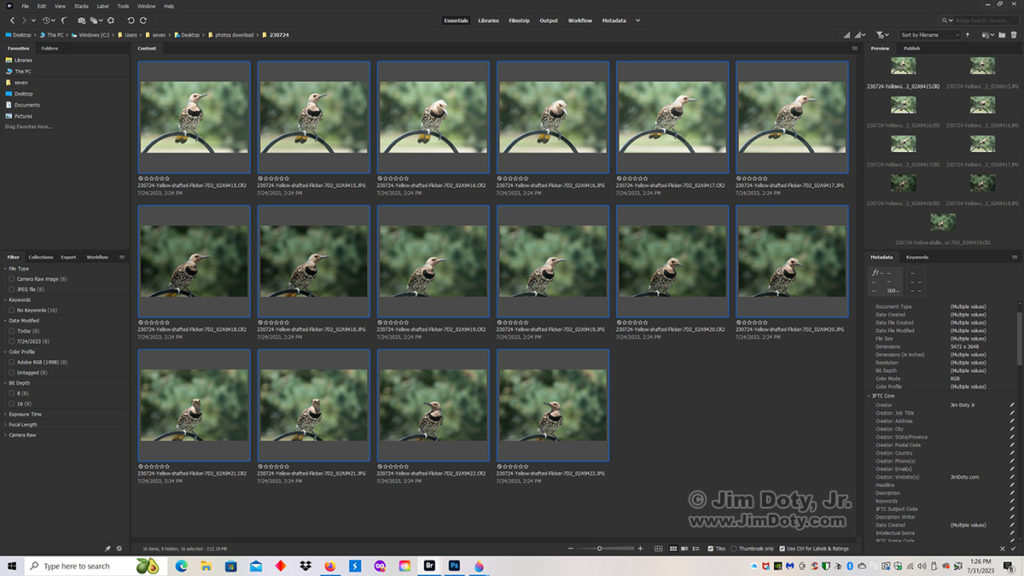
This is the third article in a “how to” series. In the prior article in this series we ended up with a folder of renamed photos that need to be keyworded. They are still all selected as you can see by the blue borders. This article will show you how to batch keyword these photos.
In the last article we ended up with several folders with photos that need to be renamed. This is the folder for July 24, 2023. I will take you through the simple steps to batch rename these photos.
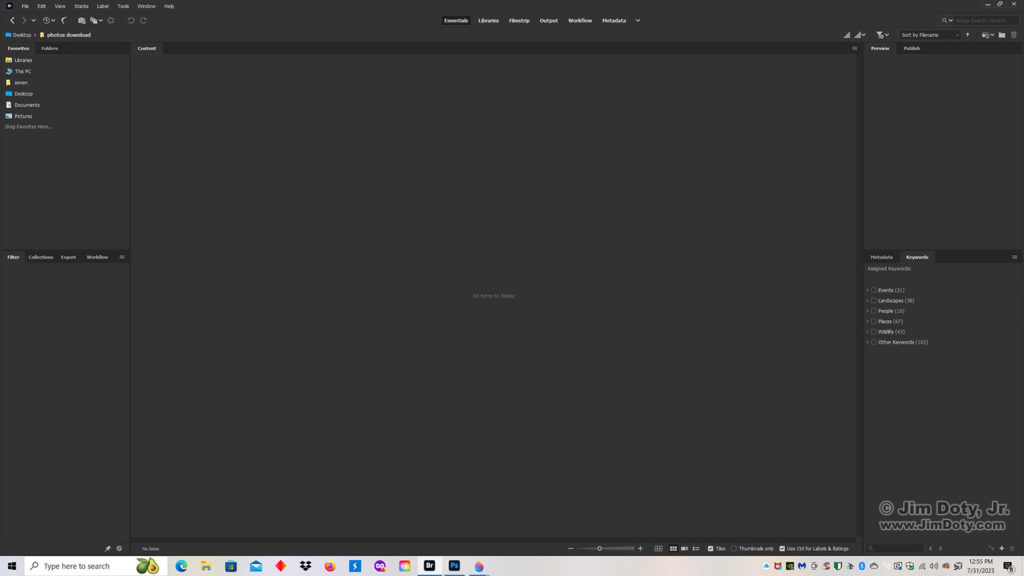
I was downloading, renaming, and keywording photos today so I did some screen captures to create this series of three tutorials on how to use Adobe Bridge. If you find Bridge intimidating, this series is for you. When you click on Bridge to open it, this is what the workspace looks like. There is more about why you should use Adobe Bridge in Adventures with Adobe Bridge. FYI, Adobe Bridge is a free download.
I get asked that question on a regular basis. This time it was a photo I posted on Facebook of our extended family (20 of us) at a restaurant when we were all together in the Bay Area in California.
Are you ready to take your nature and wildlife photography to the next level? Are you ready to learn the professional secrets that make the difference between good images and great images? Are you ready for a high intensity, action packed, total immersion photography weekend? Come to Park of the Pines on beautiful Lake Charlevoix October 13-15, 2023.
I was going through parade images yesterday to send to the local newspaper. The parade was over when I spotted this person on a skateboard with an American flag. I took 8 images of him with varying backgrounds, him with different body postures, and the flag at different angles. My least favorite had his head looking straight down as he checked his phone. This is my most favorite. I processed this image with Adobe Camera Raw and Topaz software before sending it off to the newspaper.

This gallery contains 29 photos.
The ideas for this article started with a question about camera gear (see my Mama Killdeer article). A friend of mine was surprised to learn I used a lens that cost less than $200 to capture an image of a killdeer. So I went to the refurbished gear section of Canon’s web site to check some of their current prices. The camera and lens combination above is $200. The lens is a good, general purpose, semi-wide angle to short telephoto lens. (To keep things simple I am rounding everything up to the next dollar.)
I captured this image in a church parking lot in rural southern Iowa. Two years ago she laid her eggs in the same parking lot and successfully hatched her eggs a few weeks later. This summer she did it again.
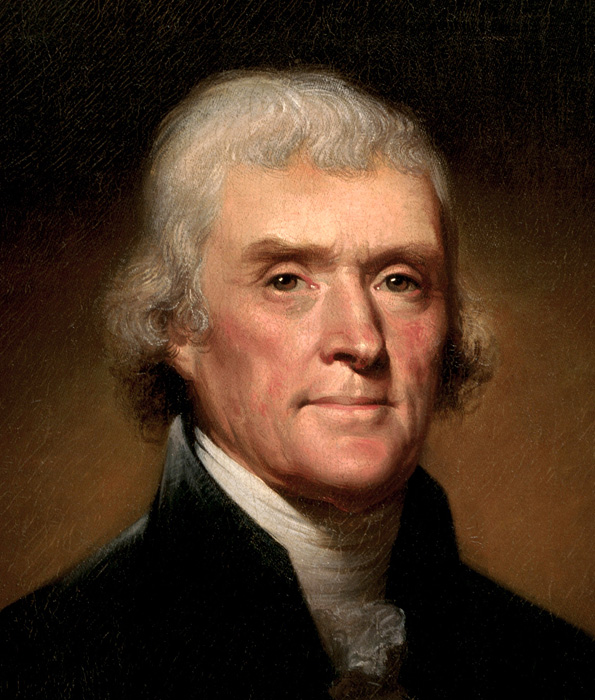 Thomas Jefferson by Rembrandt Peale, 1800
Thomas Jefferson by Rembrandt Peale, 1800
“We hold these truths to be self-evident, that all men are created equal, that they are endowed by their Creator with certain unalienable Rights, that among these are Life, Liberty and the pursuit of Happiness.”
From the Declaration of Independence, signed July 4, 1776. Written by Thomas Jefferson (1762-1826). 3rd US President (1801-09).
More images (including Thomas Jefferson’s original draft) and the complete text of the declaration are after the break.
You can point your camera at the sky in auto exposure and autofocus modes and fire away whenever you see a burst of fireworks, but for the best quality photos, it helps to know a few tricks of the trade. It’s easy when you know what to do.